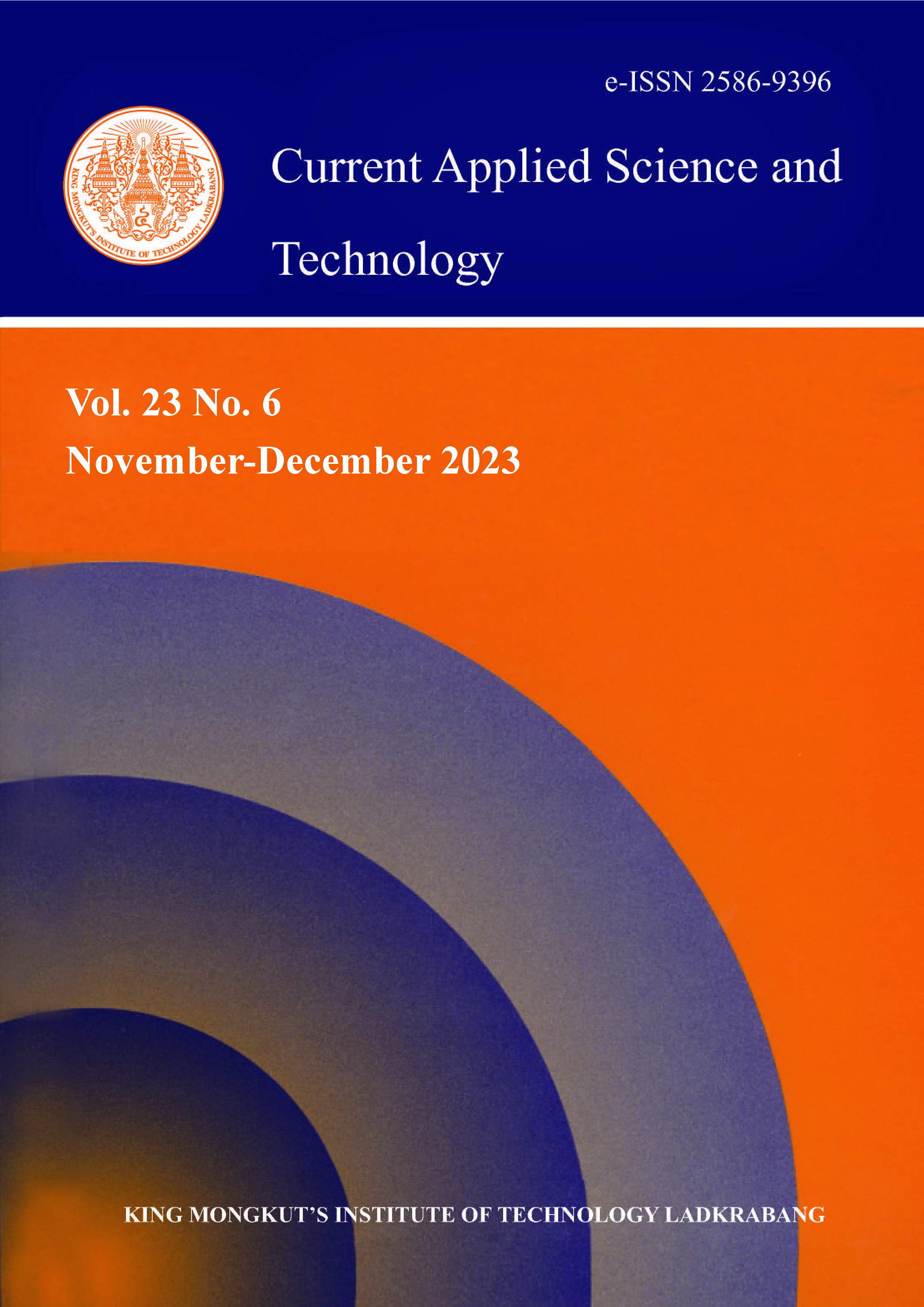Several researchers have studied e-learning success factors. However, there is rare research linking the success factors from the student perceptions to their data stored in the e-learning system, i.e., the student usage behavior and learning achievement. In addition, there is little research in the literature on mandatory use contexts. Thus, this study aimed to systematically examine and investigate the critical success factors (CSFs) of e-learning used for e-learning evaluation, using an e-learning system in mandatory use as a case study. The study is based on the D&M IS success model, the user satisfaction model, and success factors of e-learning systems. A structural equation model was used to analyze the data collected from 221 undergraduate students who used the system. The results indicated that e-learning success factors were information quality, system quality, instructor characteristics, diversity of assessment, system use, user satisfaction, benefits, and learning performance. In addition, system use has a highly positive and significant effect on learning performance, whereas the perceived benefits are determined by system use, instructor characteristics, information quality, and user satisfaction. Besides, instructor characteristics, system quality, and diversity of assessment had positive impact on user satisfaction. The findings provide insights to practitioners, academics, and policymakers to help them focus on factors that can be used to improve and evaluate the e-learning system. Our study contributes to the body of knowledge on e-learning system success and evaluation in mandatory use contexts.
Keywords: critical success factors (CSF); e-learning success factors; information systems success; e-learning evaluation; structural equation modeling (SEM)
*Corresponding author: Tel.: (+66) 0899005668
E-mail: srinual@it.kmitl.ac.th
Nalintippayawong*, S. ., Kladyoo, N. undefined. ., & Phengkhlai, J. undefined. . (2023). Examining the Critical Success Factors of E-Learning Using Structural Equation Model: A Case Study on the Mandatory Use. CURRENT APPLIED SCIENCE AND TECHNOLOGY, DOI: 10.55003/cast.2023.06.23.001 (21 pages). https://doi.org/10.55003/cast.2023.06.23.001

